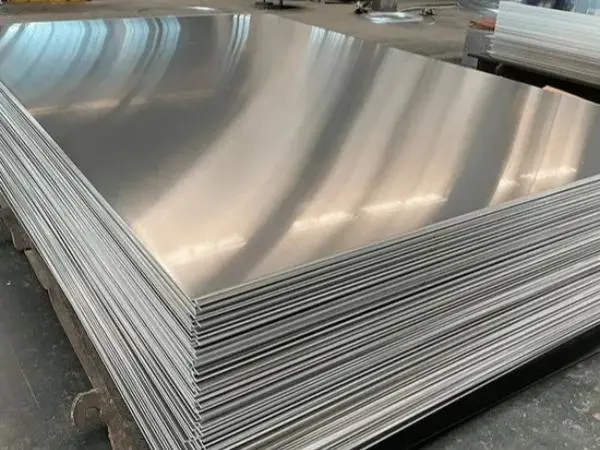- Phone0086 731 8564 8255
- E-mailsales@cscsteel-manufacturing.com
-

Stainless steel plates, known for their high performance and durability, are widely used across various industrial sectors and in everyday applications. A common question that arises is, "How long can stainless steel plates last?" The answer to this depends on several factors.
Continental Steel Co.,Ltd is professional stainless steel plates manufacturer, for more details, please contact:sales@cscsteel-manufacturing.com
Generally, the lifespan of stainless steel plates ranges between 10 and 50 years. However, the exact service life can vary based on the following key factors:
1. Material Quality
Types of Stainless Steel: Common stainless steel grades include 304 and 316. 316 stainless steel is known for its higher levels of alloy elements like chromium and nickel, offering superior corrosion and oxidation resistance. As a result, stainless steel plates made from 316 tend to last longer than those made from 304 steel.
Manufacturing Process: The quality of the manufacturing process also plays a significant role in the plate's longevity. High-quality production processes ensure uniformity and stability in the stainless steel plates, contributing to their durability and extending their service life.
2. Use Environment
Humidity and Corrosion: Environments with high humidity or corrosive elements, such as coastal areas or chemical plants, can significantly reduce the lifespan of stainless steel plates. Prolonged exposure to moisture or corrosive substances can cause rust or degradation. Conversely, in dry, clean environments, stainless steel plates can last much longer.
Temperature: Exposure to high temperatures can accelerate the corrosion and aging process of stainless steel, potentially shortening its lifespan. Heat can affect the structural integrity of the material, especially if the temperature fluctuations are frequent or extreme.
3. Maintenance
Cleaning and Protection: Regular cleaning of stainless steel plates is essential to remove stains, rust, or other contaminants. This helps prevent corrosion and surface damage. Additionally, applying protective coatings or polishing the surface can further enhance the plate’s longevity by providing an extra layer of defense against environmental factors.
Avoiding Scratches and Collisions: Care should be taken during handling and transportation to avoid scratches or damage caused by sharp objects or heavy impacts. Scratches on the surface can create points of weakness that accelerate corrosion and affect the overall durability of the material.
4. Other Factors
Frequency and Method of Use: The way stainless steel plates are used and how frequently they are subjected to stress can influence their service life. Plates used in high-frequency or high-intensity applications may experience more wear and tear, leading to quicker aging.
Installation and Fixing: Proper installation is crucial for the longevity of stainless steel plates. If the plates are not securely installed or if improper fixing methods are used, they may loosen over time or even detach, compromising both their stability and service life.
Conclusion
The service life of stainless steel plates depends on factors such as material quality, environmental conditions, maintenance, and how they are used. By considering these factors and taking appropriate measures, the longevity of stainless steel plates can be maximized, ensuring their reliable performance over an extended period.




